....and we have germination. Very very tiny plants have started to grow of each variety. Not all of the seeds have started sprouting, and I can't reiterate how tiny these are. I'll take some pictures for reference a bit later on today.
I've been checking these plants every day since I planted them. I put them in the peat pots (actually, just on top of the peat pots) on Monday, March 8th, in the evening. I noticed that they were sprouting last night, right at the 10 day mark. I haven't watered them since I planted them. They certainly aren't dry, but they definitely aren't as moist as they were when I started. I'm going to add a little bit of water to both trays today; I may fertilize with a 10% solution this weekend. I'm just going to mist the fertilizer on with this little hand-spray mister we have.
The trays sit in a south-facing window. I'd say they get around 7-8 hours of sunlight a day in that window sill. I also try to keep the little plastic trays on them as well each day, but sometimes I have taken them off. When I first started, I noticed that mold was growing on top of the peat pellets; it appeared that the moist peat pellets, sitting in a covered tray in the sunlight, was a bit much for them, and the mold developed. Last night I just lightly scraped the mold off; it doesn't look like it really hurt anything, and the plants have started to grow.
Anyways, I'll post pics later on today. Thanks for reading.





 Reply With Quote
Reply With Quote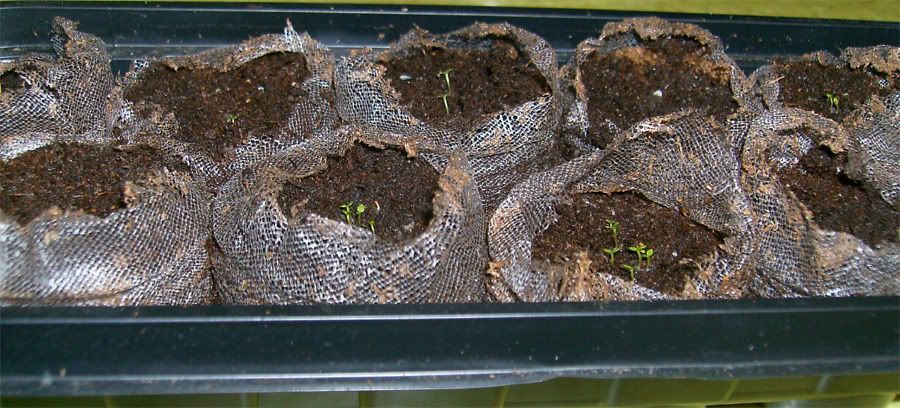
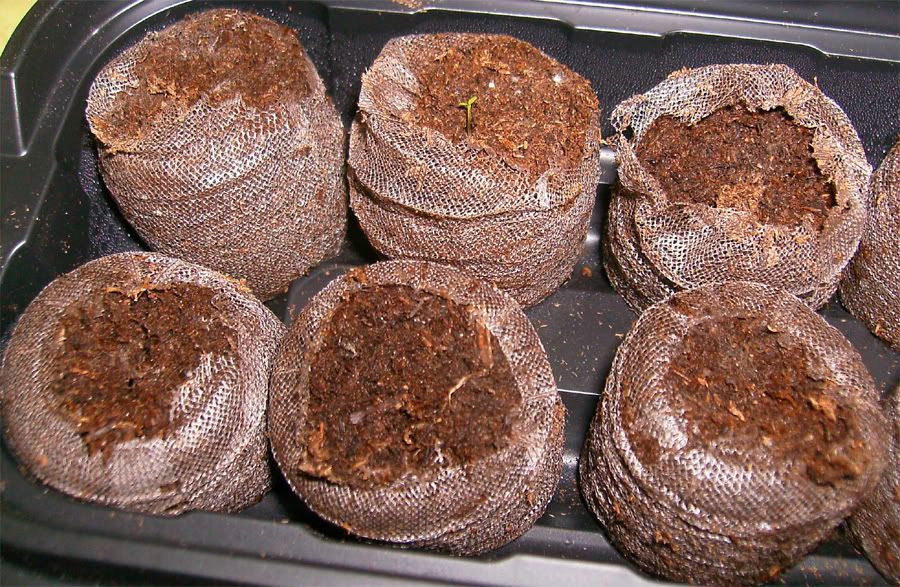
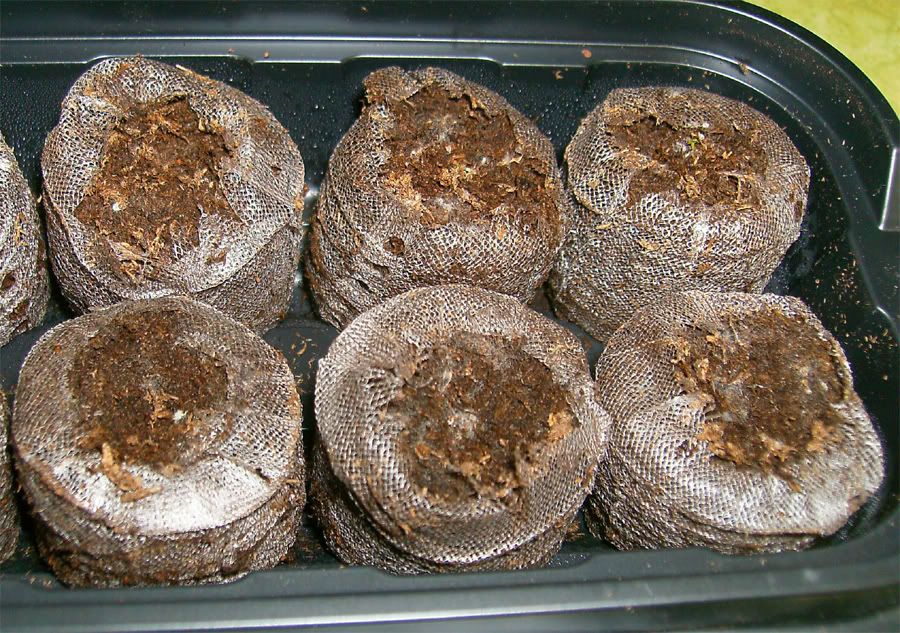






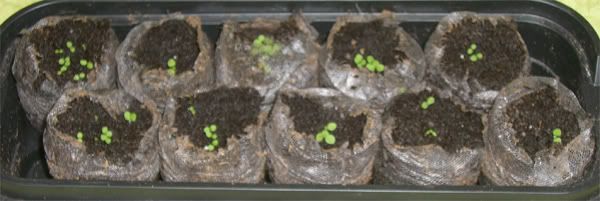
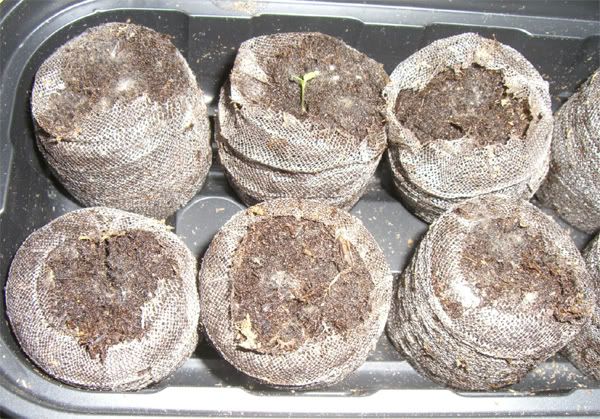
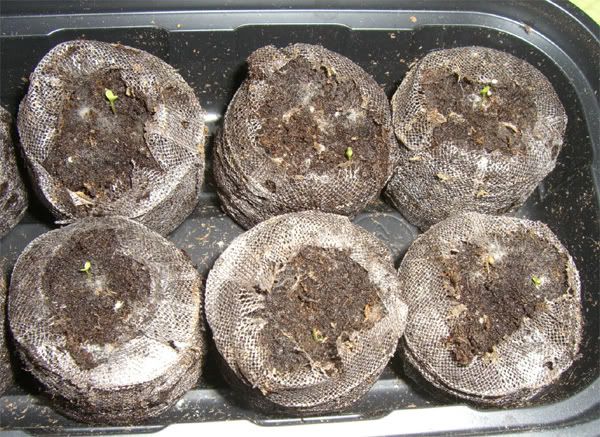
















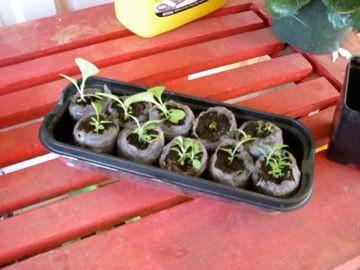

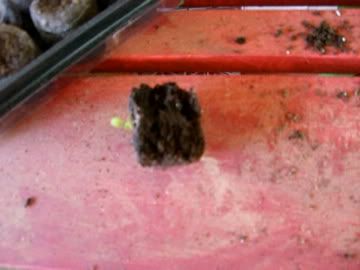
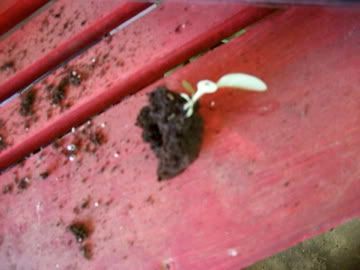
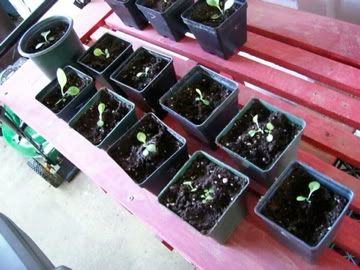
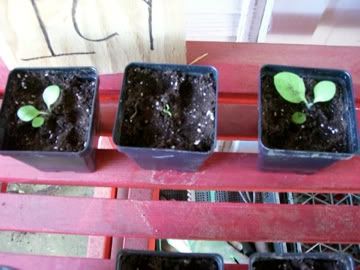
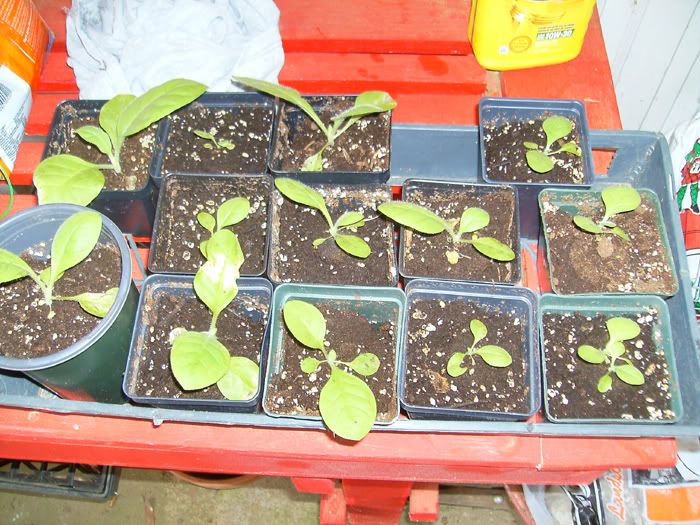

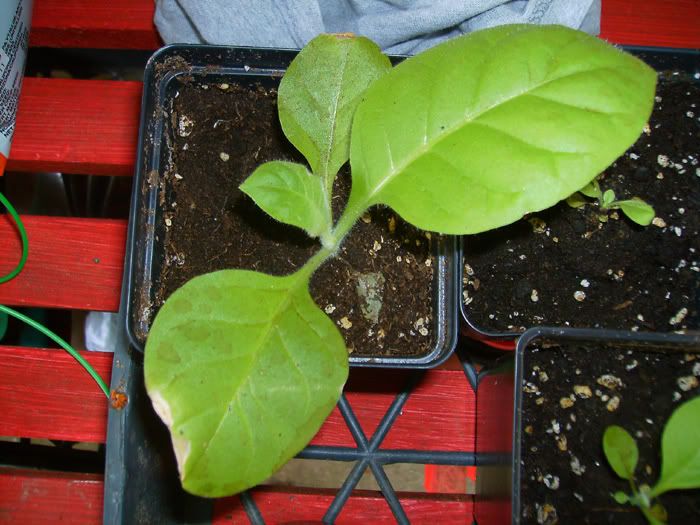
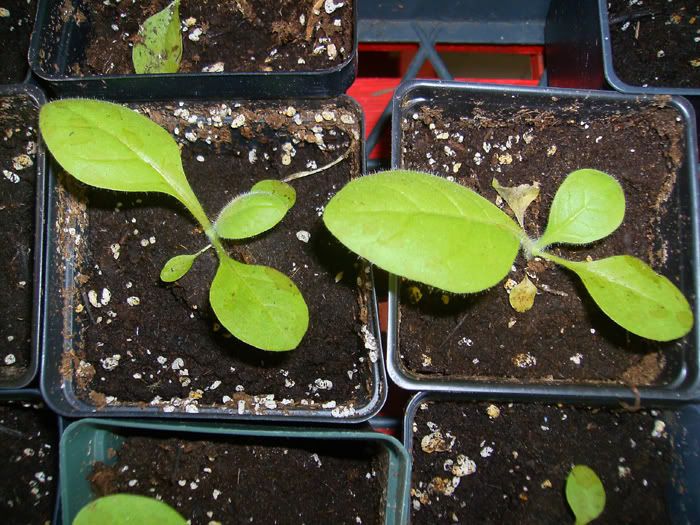
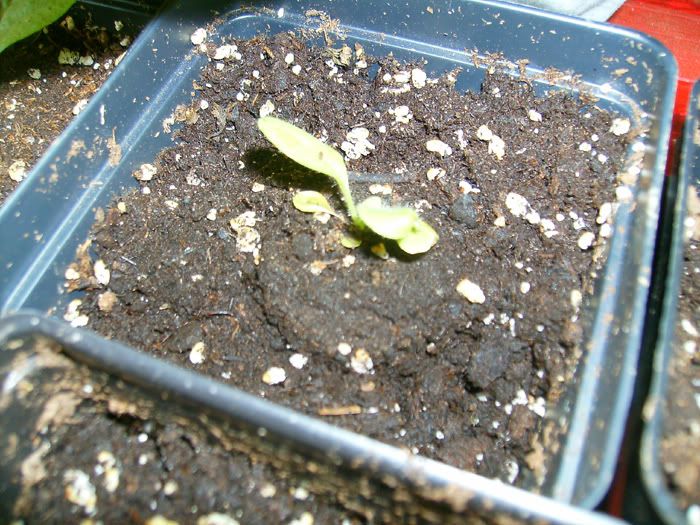
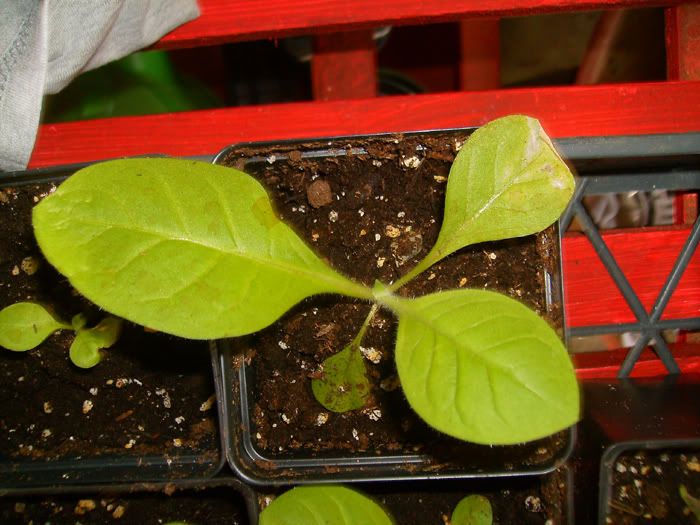
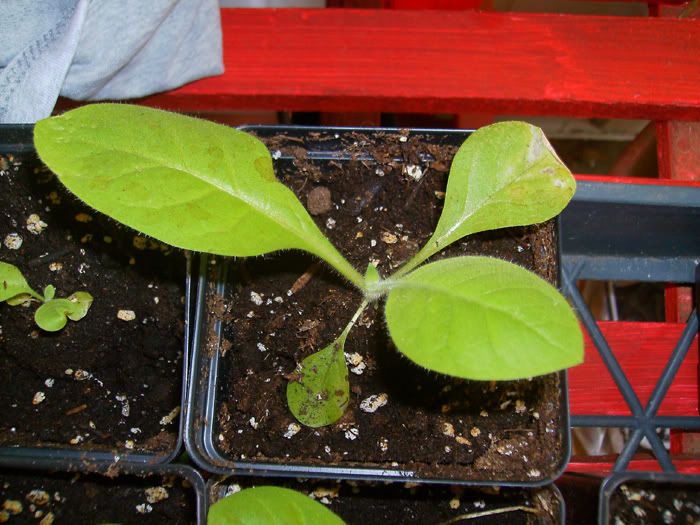
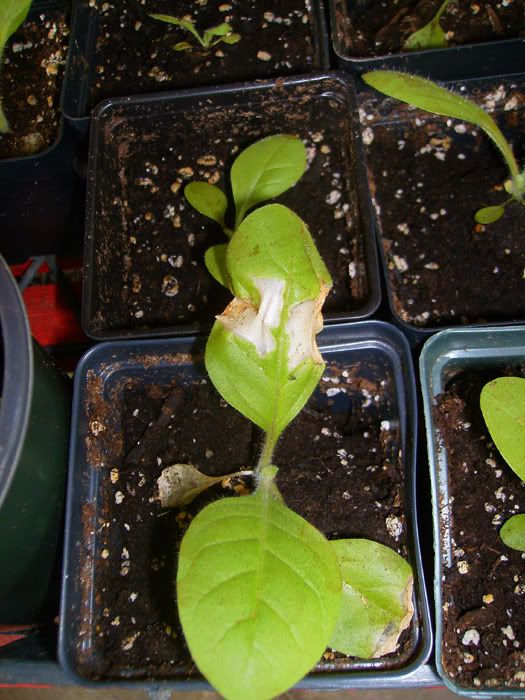








 ). I also totally agree on filling the pots up to the top, but I guess my only reservation is the depth of those pots. I guess I'm worrying that the potting soil at the bottom of that gallon pot not being utilized. I might get shorter, wider pots for that purpose.
). I also totally agree on filling the pots up to the top, but I guess my only reservation is the depth of those pots. I guess I'm worrying that the potting soil at the bottom of that gallon pot not being utilized. I might get shorter, wider pots for that purpose.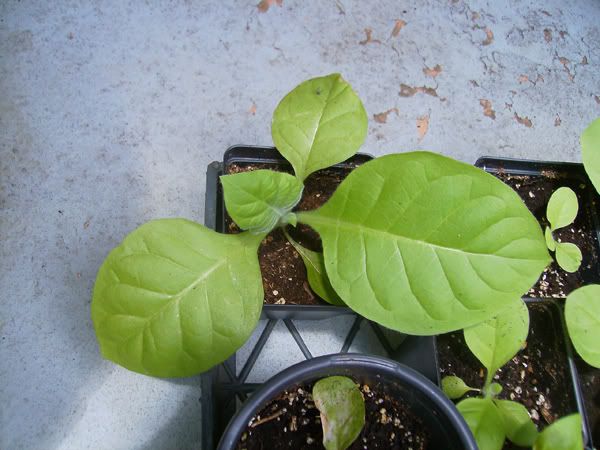

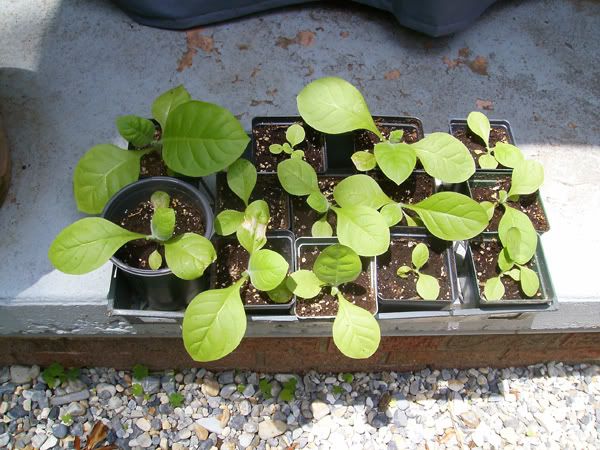

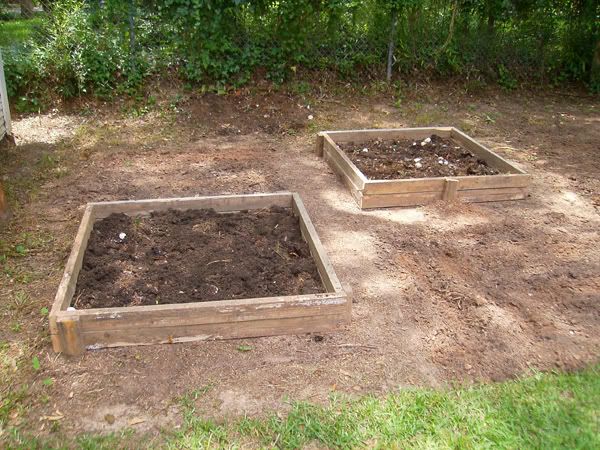
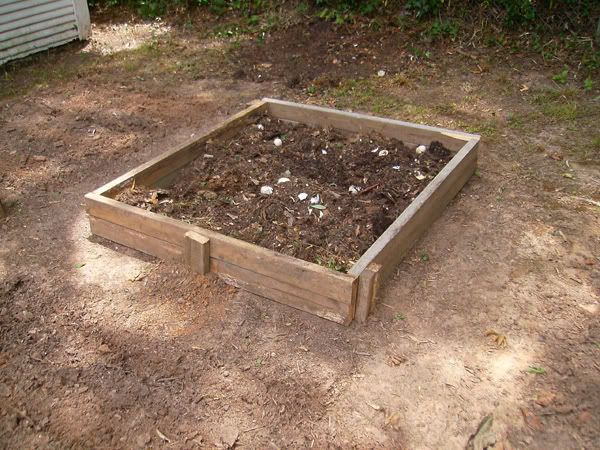
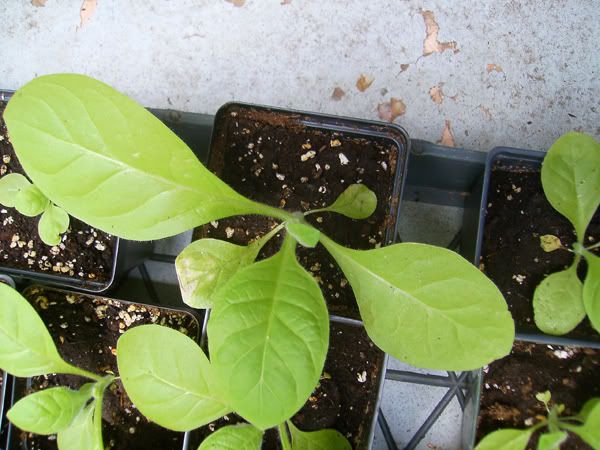

Bookmarks